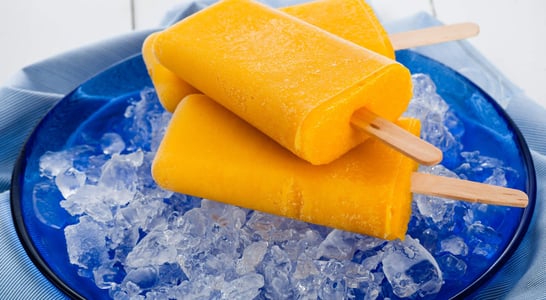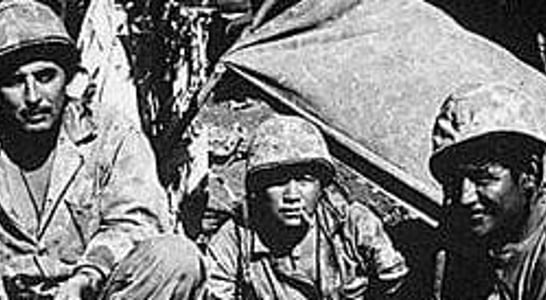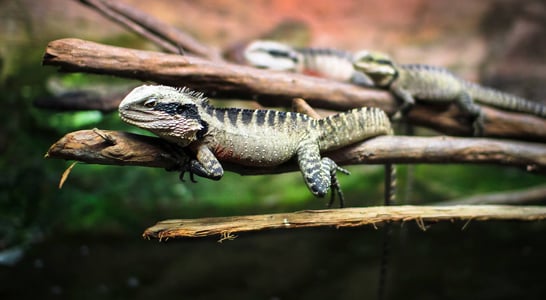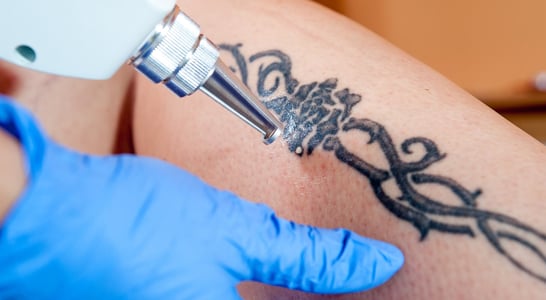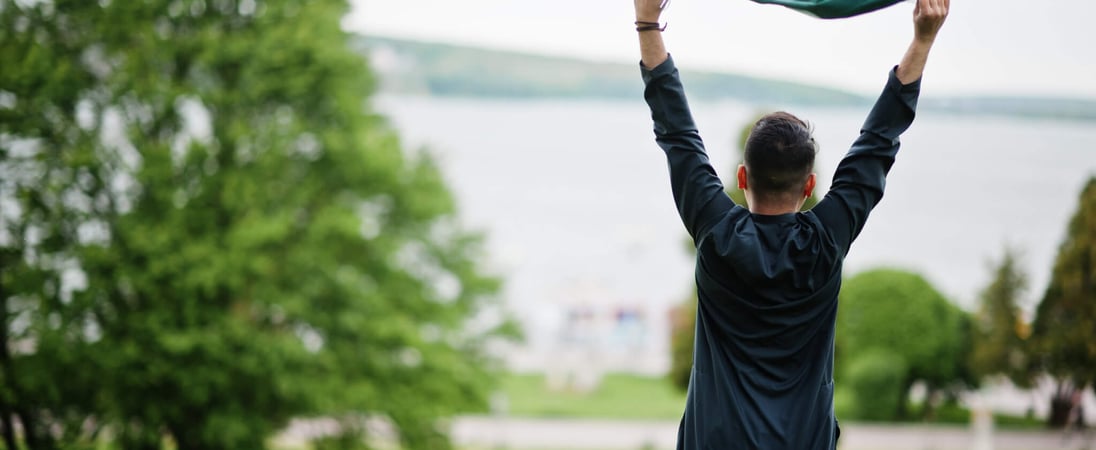
Pakistan Independence Day
Visit a festival or celebration, or learn about the history of Pakistan and its liberation from British rule, now commemorated on Pakistan Independence Day.
Celebrated in honor of the day when Pakistan emerged from the government rule of British India is Pakistan Independence Day. Now is the time to learn more about the day and how to observe it!
History of Pakistan Independence Day
After almost 200 years of living under the rule of the British Indian Empire, the years following World War I and then World War II paved the way for the Muslims living in India to separate and become an independent state.
Beginning in August of 1947, one of the largest migrations in human history took place when people from India moved toward the east and west sides of the geographical area when the Partition took place. In an effort to find religious connection and freedom, millions of Hindus and Sikhs were motivated to move under the leadership of the All-India Muslim League.
On August 14, 1947, Muhammad Ali Jinnah was sworn in as the first Governor General of the country of Pakistan. Because the transfer of power took place at midnight of August 14 and 15 in 1947, some documents originally recognized the Independence Day of Pakistan as August 15.
The following year, however, the date was set as August 14 and has continued that way ever since. Some say that Viceroy Mountbatten, Earl of Burma and a member of the British Royal Family, wanted to be present at both the Independence of Pakistan as well as the Independence of India, which takes place on August 15.
Originally Pakistan was divided into two states, East Pakistan and West Pakistan, but eventually East Pakistan became Bangladesh in 1971. West Pakistan is now simply called Pakistan.
As one of six public holidays observed in the nation of Pakistan, festivities and official celebrations for Pakistan Independence Day take place all over the state during the day. The day usually begins with a call to prayer at the mosques throughout the country and then the people move along to festivities and events.
Festivities start with raising a flag over the house of Parliament in the city of Islamabad. Government officials and other celebrities give televised speeches along with rallies, meetings, ceremonies, fireworks and other important events.
Pakistan Independence Day Timeline
1600
East India Company begins
Originally created to trade throughout the region of the Indian Ocean, the company eventually seizes control of large chunks of Southeast Asia and the Indian subcontinent. Eventually, it will account for approximately half of the world’s trade over the next two centuries.[1]
1858
Government of India Act takes place
Following the Indian Rebellion of 1857, the British Crown forces the liquidation of East India Company and the crown takes control of governing the area.[2]
Early 20th Century
Pakistan Movement arises
Working toward the creation of a Muslim state in the region, the Pakistan Movement seeks partition and separation, led by the All India Muslim League.[3]
1947
Pakistan is declared a sovereign nation
Following a couple of centuries of rule by the British, Pakistan is freed on August 14, when Great Britain relinquishes its rule over the Indian subcontinent after World War II ends. The country consists of two areas separated by India, West Pakistan and East Pakistan.[4]
1971
East Pakistan becomes Bangladesh
Originally connected by their desire to act as Muslim nations and free of British rule, these two regions of Muslims eventually separate and the East portion becomes Bangladesh.[5]
How to Observe Pakistan Independence Day
Observing Pakistan Independence Day can be a fun activity for those who are connected to the day or those who want to learn more about it. Try out some of these ideas for enjoying and celebrating the day, or come up with some of your own:
Participate in Pakistan Independence Day Activities
Those who live in Pakistan can certainly take advantage of attending some of the many local events, festivities and ceremonies that take place in the country of Pakistan. Whether in the capital of Islamabad or some of the other smaller cities or villages, joining in on the local community activities is a great idea.
Join in on a parade, watch the military marches and bands playing, listen to patriotic songs, observe the presentation of awards and hoist a national flag. This is also an opportunity to pick up some fun souvenirs and tokens that are made and sold in honor of the day. Poetry competitions, cricket matches and choirs singing the national anthem are all involved in celebrating Pakistan Independence Day.
Throw a Pakistan Independence Day Party
Even for those people who don’t live in Pakistan but feel a connection may be able to perform a quick search on the internet to find community members nearby who might want to join in on a celebration together. Share information about the country of Pakistan, enjoy some festivities and Pakistani food. And don’t forget to dress in Green and White–the colors of the country’s flag!
Raise a Pakistani Flag
Those who live in Pakistan or those who have Pakistani roots may choose to raise a flag in honor of the day. The flag for the state has a background that is white on the left and then has a large panel of dark green. On the dark green panel lies a white crescent moon and a small white star.
Many people in Pakistan also turn their flag into garments or accessories that can be worn to their celebration activities for the day. Whether it’s a shirt decorated in green and white like the flag, or a cowboy hat with a crescent moon and star, the Pakistani flag can be seen all over on this day!
Try Pakistani Food
Those who are lucky enough to have a Pakistani restaurant near their homes may choose to try out a few different options from the Pakistani menu. If not, then cooking Pakistani cuisine would certainly be in order for the day!
Highly seasoned and spicy, most Pakistani food can be traced to origins of Punjab or Sindh. Dishes contain a variety of ingredients, including meats such as beef, buffalo, goat or sheep. Breads, cheeses, fish, nuts and chickpeas may also be found in recipes.
Learn More About Pakistan Independence Day
Whether from reading books, watching films or getting information from the internet, Pakistan Independence Day is a great time to brush up facts about the country of Pakistan, its roots and origins.
Try out some of these interesting facts:
- “Pakistan” is a name that is made up of two words meaning Holy Place, one Persian and one Hindi: “Pak” means pure or holy in Persian and “istan” denotes a place.
- The Pakistani flag is made up of mostly green but also some white. The green portion is meant to represent the mostly Muslim majority people of the nation, while the white is said to represent the non-Muslim minority people.
- Two Pakistanis have been winners of the Nobel Peace Prize: A theoretical physicist, Abdus Salam, who won in 1979; and Malala Yousafzai, who is an activist for women’s education and shared the award with Kailash Satyarthi in 2014.
- According to the United Nations, Pakistan has the world’s largest irrigation system. And considering its location with 5 deserts, this comes as no surprise!
Pakistan Independence Day FAQs
When is Pakistan Independence Day?
Observed each year on August 14th, this day commemorates when Pakistan was declared a sovereign state in 1947 after being freed from the rule of British raj.[1]
Where is Pakistan located?
Located in the southeastern part of Asia, Pakistan is a neighbor to India, Afghanistan and Iran.[2]
How to celebrate Independence Day in Pakistan?
Citizens of Pakistan enjoy celebrating their Independence Day by displaying flags in the country’s colors, shooting off fireworks, reciting songs, hosting art exhibitions, enjoying sports marathons and much more.[3]
When was Pakistan founded?
After its release from British rule and chosen separation from its neighbors, Pakistan was founded as a sovereign nation just following World War II, on August 14, 1947.[4]
What language is spoken in Pakistan?
Pakistan has a number of different languages and dialects (at least 74) that are spoken throughout the country, the most common being Punjabi, Urdo, Pashto and others.[5]
Also on ...
View all holidaysNational Creamsicle Day
Savoring that perfect blend of citrus and cream on a hot day — a frozen treat that's like sunshine on a stick.
World Lizard Day
Discover the fascinating world of scaly creatures with vibrant colors, unique adaptations, and diverse habitats to explore.
National Tattoo Removal Day
Tattoos are permanent, but people change. Luckily, tattoos can actually be removed. Get rid of any unwanted ink and put your regrets behind you.
